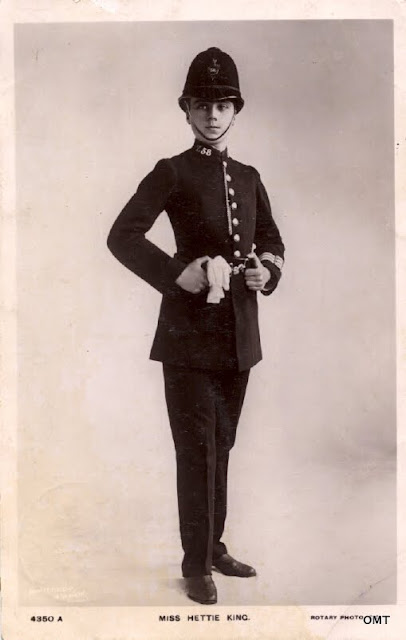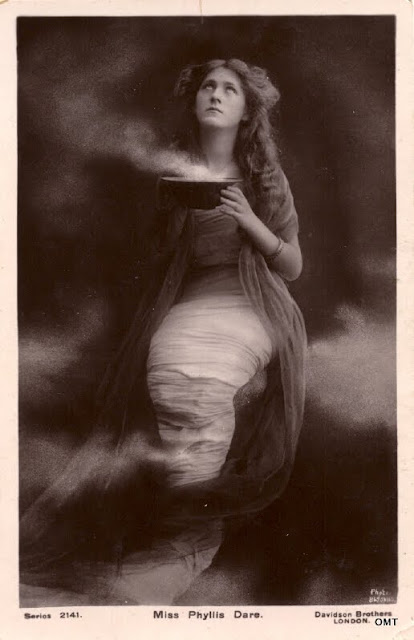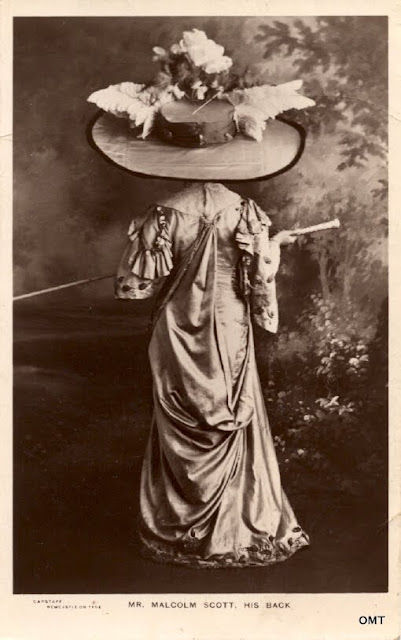7 portraits found at Spitalfields Market
“I leave you my
portrait so that you will have my presence all the days and nights that I am
away from you.”
Frida
Kahlo
At London’s Spitalfields Markets on a
Thursday (which may not be heaven for photo collectors but is close enough) one
of the stall operators was busy cutting up proof sheets of portraits. Each
sheet had about fifty photographs, each of these three by three centimetres, and
wisely or otherwise she had decided that selling the photos individually rather
than the sheet was more profitable. You’d think someone would snap up a sheet
of fifty portraits of the same person, each from a different angle or with a
different expression, but then just one photo is a find in itself. These
probably came from the same studio and one is dated July 1943. With the
exception of the one above, the subjects have written a message on the back to
someone else.
To
dear Pat, wishing you all the best Daphne.
Now, several weeks and a few thousand
kilometres away from Spitalfields, I regret not buying the lot, but if I had a
dollar for every time I held back from an impetuous buy … In any case, seven is
a good number being just a little more than too few without being so many as to
be monotonous. Pollsters use the term ‘snapshot’ to describe a sample that is
too small to be statistically relevant but which might reveal a trend. Here we
have a snapshot of a part of society that mattered a lot in 1943 – young middle
class women who were too young to be married but wouldn’t be in a couple of
years, when Adolf and his horde of storm-troopers had been vanquished and
society was on the road to being put right again. As the old vicar might put it
in his Sunday sermon; thousands may have died defending Britain but from the
loins of these young lasses would spring forth England’s future. I believe that
is exactly how vicars spoke back then.
To
Knock Knock with love from Jeanne.
‘Knock Knock’ is, I suspect, the nickname of
a woman. At least, in a Muriel Spark short story Knock Knock would be a girl’s
name, belonging to someone who either possessed a ‘dear’ sense of humour, meaning that
she tried awfully hard but seldom raised so much as a snicker, or she was famed
for her bad timing. We don’t need to know anything about Knock Knock’s milieu;
her nickname tells us everything. She will marry a nice, professionally
adequate, emotionally ineffective man. Jeanne won’t, but she might wish she
had.
To
Patricia, in memory of many awkward moments in the back line and a few blissful
moments of graduation, with much love from Sonia.
Well this tells us something we might have
already guessed but needed evidence to confirm. These girls are graduating from
high school, or as the English had it back then, Fifth Form. This idea of
getting a block of photos printed that could then be distributed among school
friends is a custom we have seen in Turkey and in France and it makes sense as
lives are now about to diverge and in some cases plunge headfirst into the
unknown. Others will have things mapped out, including marriage to that lad
currently flying his Spitfire above the Channel in search of the Hun. The back
line, if we are talking sports, is most likely hockey or netball. Awkward
moments probably refers to goals let through, and perhaps it was fat, ungainly
Patricia who took the (dis)credit for that.
To
one of the sacred-ites, love and best wishes, Nancy.
Sacred-ites tells us we are dealing with
what the English confusingly refer to as a public school (meaning one that is
ruthlessly exclusive) and it remains a rule that a public school with ‘sacred heart’
in its name is for girls because that is a distinctly feminine concept. We
can’t be sure; perhaps there was a clique of young lasses known as the
sacred-ites on account of their direct access to the headmistress in matters of
class discipline, but I think Nancy was writing out farewell messages as fast
as she could on account of her hurry to be rid of the place. Not for her a year
in secretarial college followed by marriage to Captain Smithers-Jones with his
one leg and his war pension. No. We think Nancy had been seeing an American G.I
on the side and was already convinced that Oklahoma was everything London
wasn’t.
To
dear old Pat, in memory of all those good old times and I hope some more in the
future. Much love Audrey, July 1943
The idea of having these small portraits
taken then distributing them among your classmates, even girls you could not
have walked past without a shudder in the last five years, touching, not the
least because it would be unthinkable today. Whatever the younger generation
exchange today (I rather hope it is smallpox and they all die out soon) there
is something very much symbolically permanent about the photograph. It says,
‘remember me always, but remember me as I was, not what I shall be’. Somehow we
leave school and get thrown into life’s gnashing jaws without taking stock of
that simple plea. Years later we read a story in the newspaper of some sad
event and all we have is that fleeting memory of a face to give it substance.
How much sometimes we’d like a photo, a physical reminder of someone we once
knew, even if that was against our will.
To
Grandma, with all the very best in your dancing career, Joy Gelden.
The best is saved for last; a brief message
laced with cruelty. Grandma? In my day there were only two reasons girls at a
public school would call one of their own that and it had to do with either her
outdated principles or a physical handicap. Perhaps Grandma refused when it
came to having a fag behind the gardener’s shed but in my experience dancers
are more than fond of that idea. And let’s not ignore the obvious, that
‘grandma’ and ‘dancing career’ shouldn’t go together without at least a little
vinegar to bind them. The feeling is that Joy couldn’t care less about
Grandma’s dancing and actually finds the idea of turning it into an earner more
than preposterous. But this is wartime and things are changing. Let’s go
forward ten years, to the Royal Albert Hall, and as Grandma returns for the
third encore she bows and through the dense tobacco smoke catches a glimpse of
a sweaty, bilious figure in the fourth row. “Is that Joy?” She thinks as she
bows again. “Heard she married that MP who got done for young boys last month.
Poor girl.”
 |
| A FACE IN THE CROWD |




















